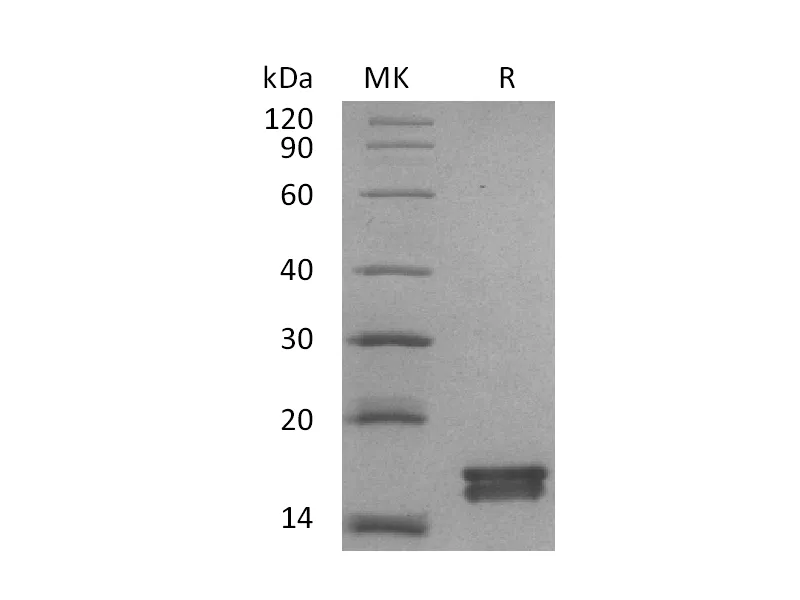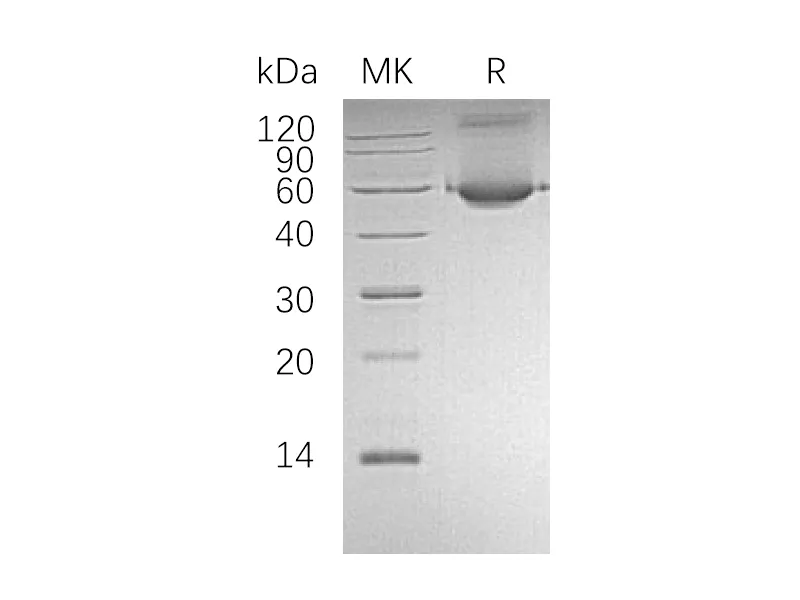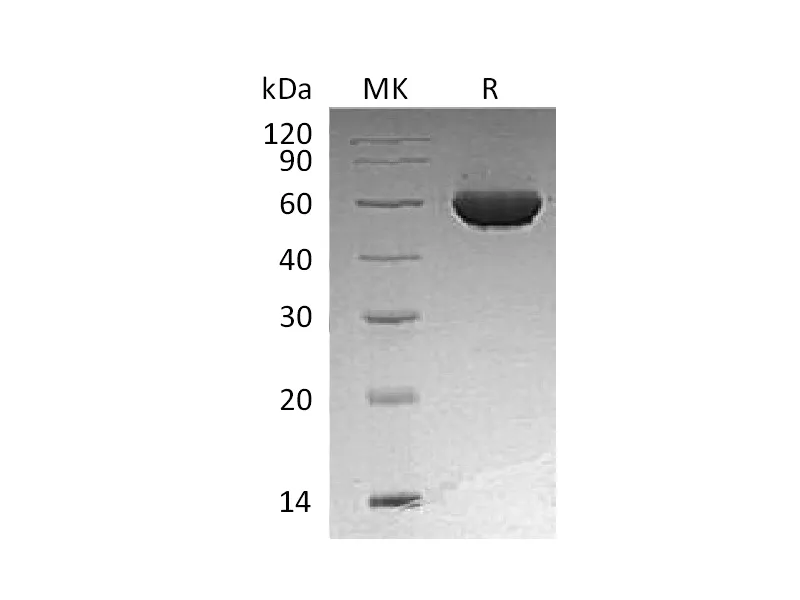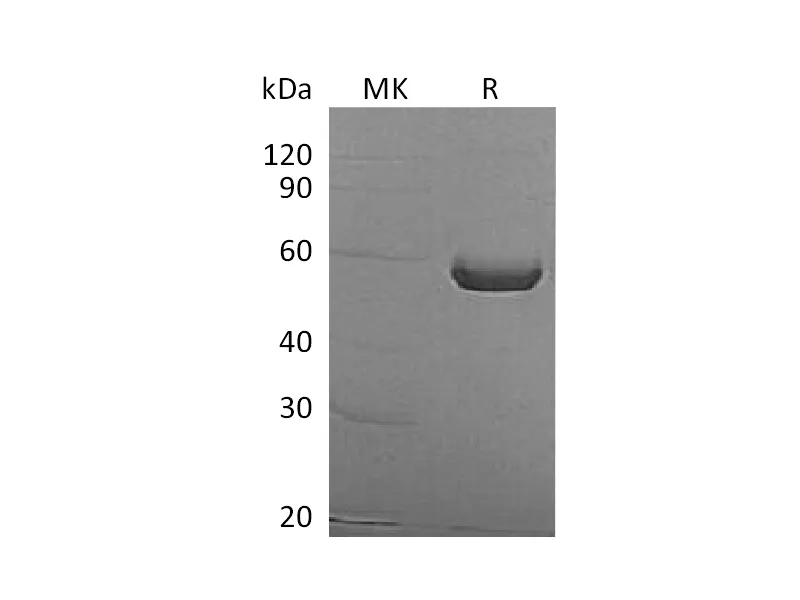Alternative Names
V-set and immunoglobulin domain-containing protein 4; VSIG4;Protein Z39Ig;Z39IG;CRIg
Background
V-set and immunoglobulin domain-containing protein 4(VSIG4) is a transmembrane protein contains a signal peptide, a V-type Ig-like domain, a C2-type Ig-like domain, several potential O-glycosylation sites, and an intracellular domain with 2 potential phosphorylation sites and is structurally related to the B7 family of immune regulatory proteins. This protein is also a receptor for the complement component 3 fragments C3b and iC3b.The main function is strong negative regulator of T-cell proliferation and IL2 production and it is also potent inhibitor of the alternative complement pathway convertases. It abundantly expressed in several fetal tissues such as adult tissues, highest expression in lung and placenta and it also expressed in resting macrophages.
Note
For Research Use Only , Not for Diagnostic Use.




